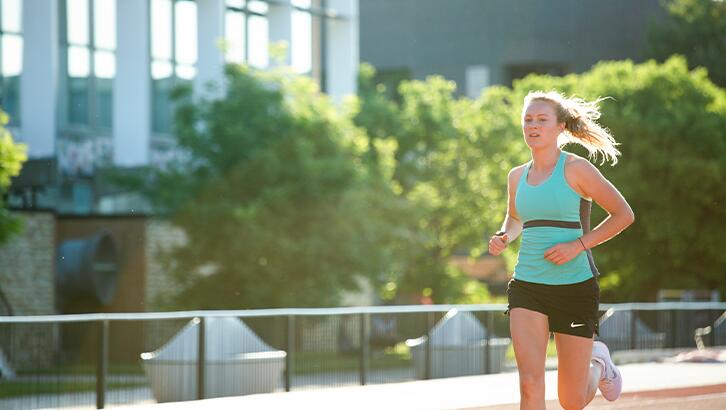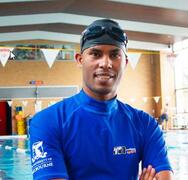Alex Ferguson
Has your existing fitness program gone out the window in Lockdown 2.0? Or have you been looking to start with the basics and don’t know where to begin?
It can feel overwhelming to try and maintain a healthy, balanced lifestyle while juggling the new COVID-19 restrictions, but with a little bit of support it is more than possible. Whether you were a regular gym user, or this is your first time engaging with our online fitness programs, let us take some of the stress away and guide you through your fitness and wellness goals. To assist, we’ve designed a range of running and workout programs for all members of the University of Melbourne community to do from home.
However, before we look at the content of the programs, let’s first ask an important question – what is the best way to start a new fitness program?
Enter Goal setting. For many, these buzzwords bring back memories of primary school classes and gold stars. But is it a coincidence that many of the top athletes in various sporting codes continue to set goals for themselves long after their primary school days? Simply put, no. For decades, studies have been conducted on the relationship between goal setting and success, and evidence in recent studies continues to highlight the benefits of setting personal goals, especially for sport and fitness.
Of course, there are many different philosophies about goal setting and how we should approach it. One such framework is SMART goal design, which is widely regarded as a process for setting goals that are conducive to success.
SMART goals are short and long-term goals that fit under these five criteria:
S – Specific
The goals we set should be clear and specific to avoid being vague. The ambiguous goal of “get faster at running” could be refined to a more specific goal of “improve my 3km time trial time by 15 seconds.”
M – Measurable
Your goals should also be framed in a way that allows you measure completion and progress. One of the best ways of doing this is by planning out regular exercise in a calendar and ticking it off when you complete it! This is especially helpful if you are time poor – use this strategy to find time in your week when you can commit to regular exercise.
A – Attainable
The goals we set should be realistic. There is a lot of evidence to suggest setting goals that are unattainable or too difficult will lead to failure, which often leads to a lack of motivation and further failure in the future. For example, if you know you are new to running, pick the program that is at your level and enjoy the success of completing it.
R – Relevant
Our short-term goals should also be relevant to the long-term goal we are trying to achieve. This involves designing or following a program that leads to where we want to be in the future!
T – Time-Bound
Giving our goals a time frame leads to a higher chance of success. These goals could be as simple as setting a short-term learning goal: “today, I will identify three different ways I can get in a 15-minute jog on the days that I work”. If you are looking to achieve long-term performance goals, this involves setting a date for completion – this could be a race date, or a day where you complete fitness measurement tests.
Well, now that we know about setting SMART goals, how do we achieve them? Well, Rome wasn’t built in a day, and marathon runners didn’t go from zero to 42.2km overnight either.
Luckily, we have made a variety of programs for different fitness levels. Have a look at the programs and pick the program that best reflects your current level of fitness. Don’t worry about comparing yourself to others, just be honest with where you are at currently – you will have the greatest chance of success if you pick the right program for you! Brainstorm some SMART goals to accompany these programs, and feel free to write them down on paper and display them around the house. This will keep you accountable and inspire you to keep going, even when the going gets tough!





